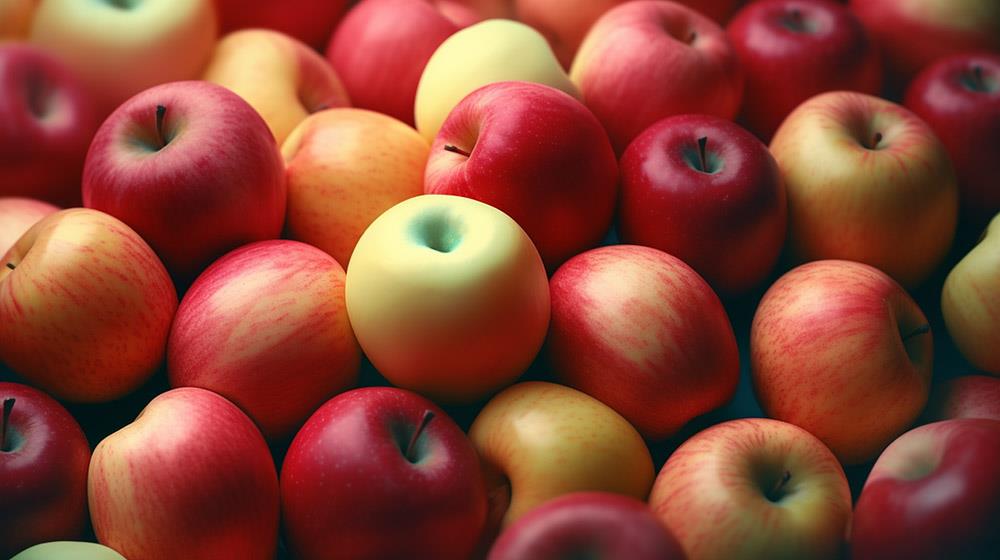The total used agricultural area under organic production methods in 2020 increased by 173.4% from 19,987 decares in 2010 to 54,650 decares in 2020, according to the detailed results of the Census of Agriculture 2020, published by CySTAT.
In terms of organic animal production, in 2020, cattle numbered 578, sheep and goats 5,091, and poultry 35,873 heads, compared to 4,221 sheep and goats and 1,094 poultry in 2010).
Holdings and Agricultural Area
-----------------------------
The total agricultural area reported in 2020 was 1,462,879 decares, recording an increase of 6.2% compared to 2010. Of this area, 83,391 decares were abandoned or uncultivated land. The average utilised agricultural area per holding in 2020 was estimated at 39 decares, recording an increase of 29.3% compared to 2010.
Based on the results of the Census of Agriculture 2020, the communities with the largest utilised agricultural area were Athienou, Aradippou, Palaiometocho, Avgorou, Xylofagou, Xylotymvou, Meniko and Nicosia's Peristerona.
Holders or Managers of the Holdings
---------------------------------
A percentage of 97.5% of agricultural and livestock holdings belong to natural persons, 0.2% to public or government entities and the remaining 2.3% are operated as companies, associations or in another form. Men account for 78.8% of all holders or managers of holdings compared to 73.6% in 2010. The share of women holders or managers decreased to 21.2% in 2020 from 26.4% in 2010. The average age of holders or managers of holdings remained stable at 63 years, as in the Census 2010.
The majority of holders or managers of agricultural and livestock holdings (68.5%) had practical experience only, 30.4% had only basic training and a mere 1.1% had full agricultural training.
Land Tenure and Land Use
----------------------------
An increase was recorded in the share of rented area to the total utilised agricultural area, from 51.5% in 2010 to 57.4% in 2020.
In relation to land use, a rise of 20.5% was observed in the areas of temporary crops outdoor, of 9.8% in the areas in greenhouses under glass or high accessible cover and of 5.5% in permanent grassland, while a fall of 6% was recorded in the areas of permanent crops outdoor, compared to the Census 2010. Of the temporary crops outdoor, plants harvested green and intended mainly for animal feed or grazing occupy 38.7% of the total utilised agricultural area. The different types of cereals for the production of grain follow with a share of 20.8%.
Significant changes were recorded in the areas of temporary crops outdoor, especially industrial crops, plants harvested green and fallow land, which increased by 73.6%, 57.8% and 48.9% respectively compared to 2010. Crops of fresh vegetables, melons and strawberries, as well as flowers and ornamental plants, decreased in area by 20.5% and 16.9% respectively compared to 2010.
Of the permanent crops outdoor, olive plantations hold the largest share of the area (9%). They are followed by vineyards with 4.9% of the total utilised agricultural area. A noteworthy increase of 30.7% compared to 2010 was registered in the cultivated area of nurseries, while a decrease was recorded in nuts (29.6%), in vineyards (13.4%) and in citrus fruits (9%).
Livestock
--------------
The total number of holdings with cattle was 311, recording an increase of 12.3% compared to 277 reported in 2010. The cattle population numbered 83,561 heads. The majority of cattle (66.4%) were placed in free stalls with solid and slurry manure management, 4.5% were in tied stalls with manure management, 10.2% were usually outdoors and the remaining 18.8% had other types of housing.
Only 156 holdings declared pigs, recording a significant decrease of 75.3% compared to the 631 holdings recorded in 2010. Nevertheless, the number of pigs remained at the same levels with 323,522 heads. Most pigs (97.8%) were housed in stables with fully or partially slatted floors, while the rest were housed in stables with solid floors or deep litter or other types.
The total number of holdings with sheep reached 1,509 compared to 1,391 holdings in 2010, recording an increase of 8.5%. The total number of sheep recorded reached 327,882 heads. A decrease of 20.3% compared to 2010 was observed in the holdings managing goats, from 1,990 in 2010 to 1,587 in 2020. The total number of animals recorded was 232,831.
The total number of holdings raising broilers declined by 54.2%, from 2,569 holdings in 2010 to 1,176 in 2020. There was also a decrease in the number of holdings raising laying hens, by 14.8%, from 7,268 holdings in 2010 to 6,192 in 2020. Of all laying hens, 68.4% were housed in cages, 13.6% in deep litter stables, 11.4% were free range and the remaining 6.6% in aviary and other types of housing.
Employment
-----------
The total volume of work in agricultural and livestock holdings in 2020 reached 4,685,641 working days, which is equivalent to 19,125 full time working persons, thus registering a fall of 9.5% compared to 2010.
The employment of the holders and family members employed on the holding decreased by 20.1% and of seasonal workers by 40.4%, while the working days of permanent employees increased by 34.6% compared to 2010.
Of the total number of employed persons on the holdings, 66% were men. Compared to 2010, the number of men employed on the holdings increased by 1.6%, whereas the number of females fell by 18.6%.
(Source: CNA)









